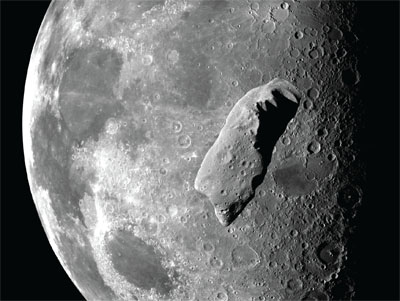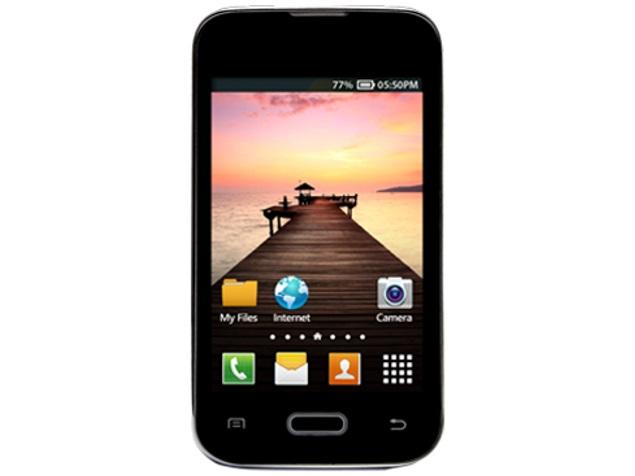
WASHINGTON (TIP): NASA scientists have discovered that a swarm of high-speed space objects that slammed into the Moon four billion years ago also bombarded the giant asteroid Vesta and many other asteroids.
Scientists from NASA’s Lunar Science Institute (NLSI) discovered an unexpected link between Vesta and the Moon, and provides new means for studying the early bombardment history of terrestrial planets, according to the study published in the journal Nature Geoscience. “It’s always intriguing when interdisciplinary research changes the way we understand the history of our solar system,” said Yvonne Pendleton, NLSI director. “Although the Moon is located far from Vesta, which is in the main asteroid belt between the orbits of Mars and Jupiter, they seem to share some of the same bombardment history,” Pendleton said in a statement.
The findings support the theory that the repositioning of gas giant planets like Jupiter and Saturn from their original orbits to their current location destabilised portions of the asteroid belt and triggered a solar system-wide bombardment of asteroids billions of years ago, called the lunar cataclysm.
The research provides new constraints on the start and duration of the lunar cataclysm, and demonstrates that the cataclysm was an event that affected not only the inner solar system planets, but the asteroid belt as well. The Moon rocks brought back by NASA Apollo astronauts have long been used to study the bombardment history of the Moon. Now the ages derived from meteorite samples have been used to study the collisional history of main belt asteroids.
In particular, howardite and eucrite meteorites, which are common species found on Earth, have been used to study asteroid Vesta, their parent body.With the aid of computer simulations, researchers determined that meteorites from Vesta recorded high-speed impacts which are now long gone.
Researchers have linked these two datasets and found that the same population of projectiles responsible for making craters and basins on the moon were also hitting Vesta at very high velocities, enough to leave behind a number of telltale, impact-related ages.
The team’s interpretation of the howardites and eucrites was augmented by recent close-in observations of Vesta’s surface by NASA’s Dawn spacecraft. “It appears that the asteroidal meteorites show signs of the asteroid belt losing a lot of mass four billion years ago, with the escaped mass beating up on both the surviving main belt asteroids and the Moon at high speeds” said lead author Simone Marchi.




Be the first to comment